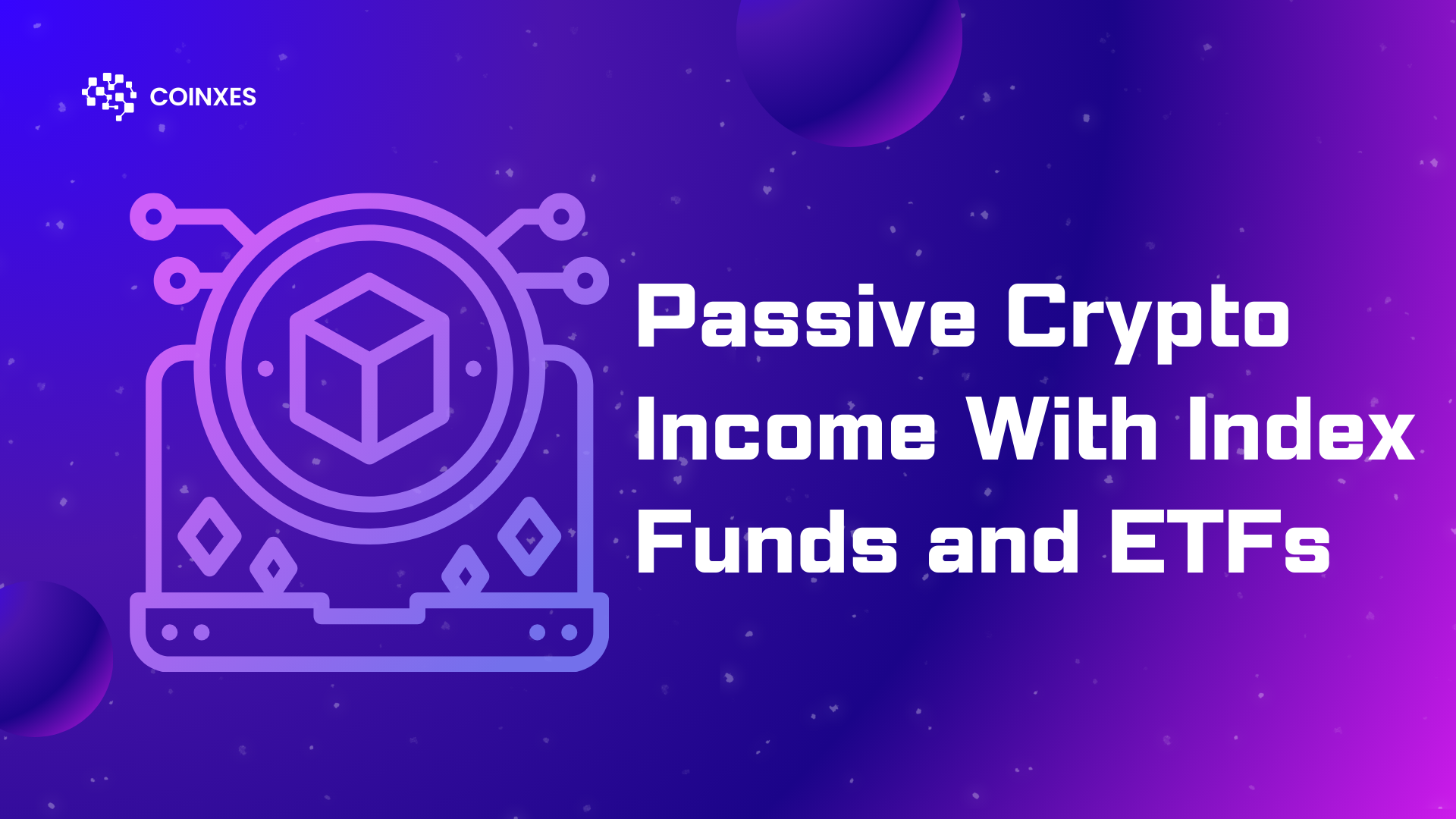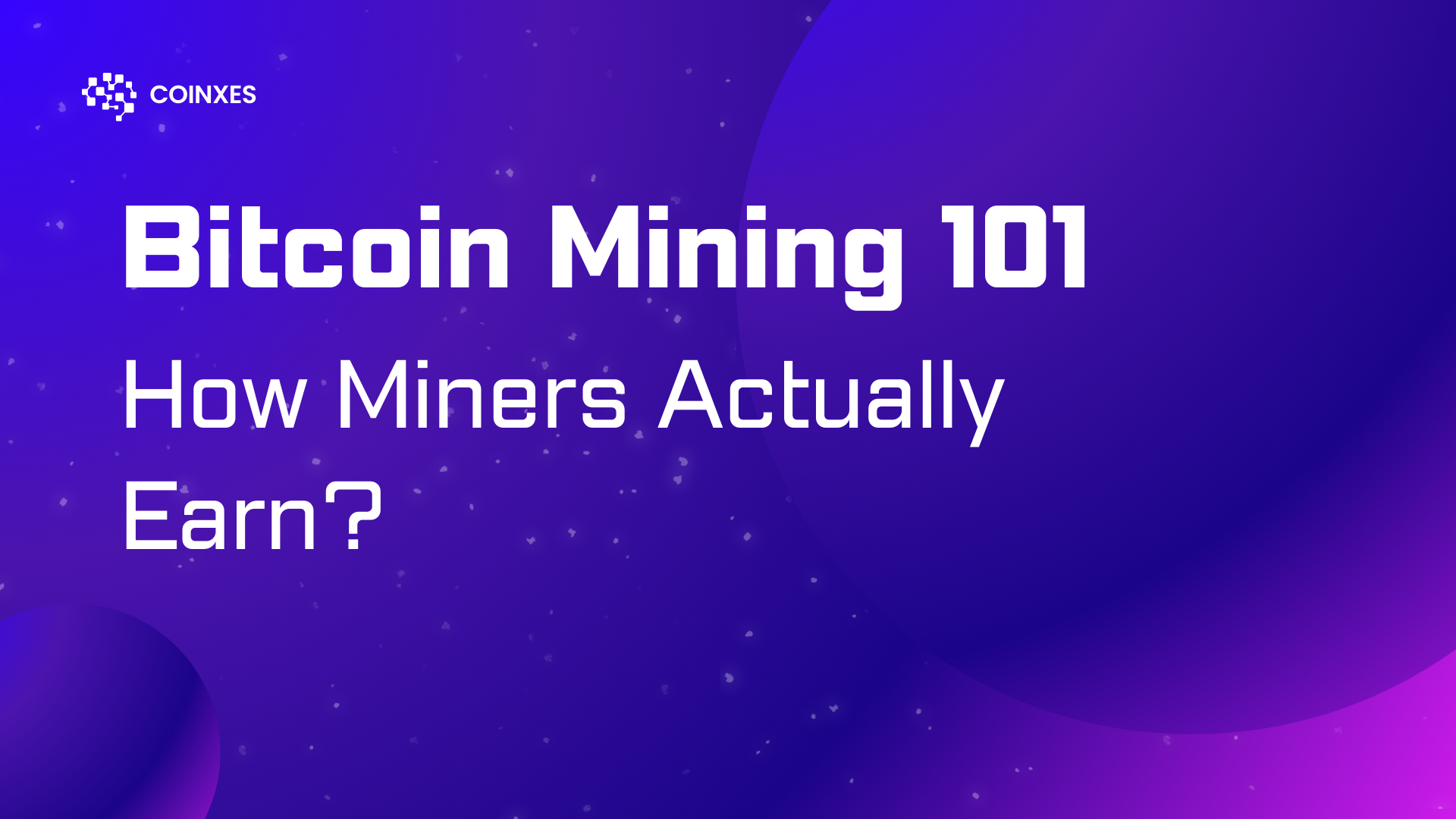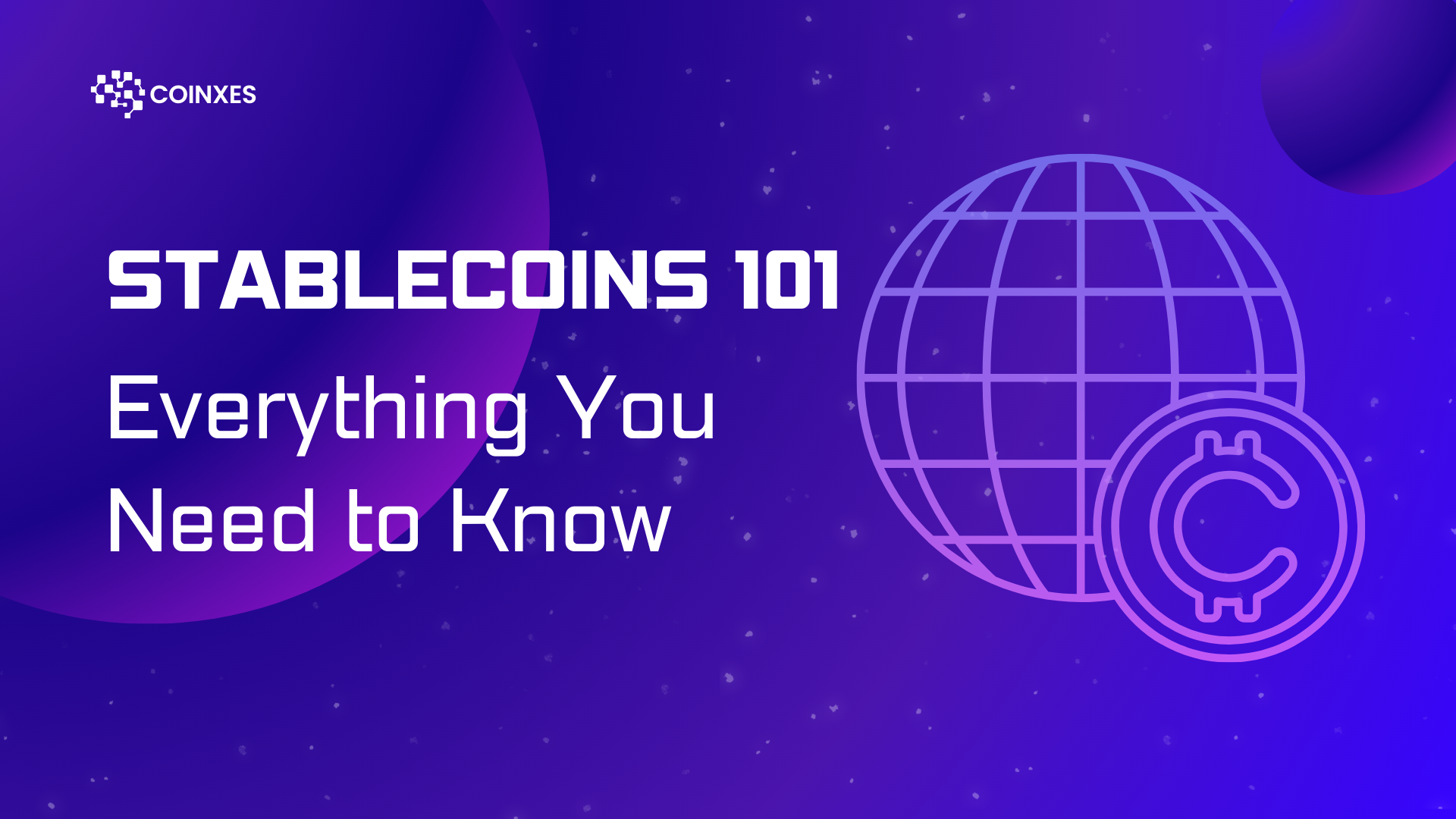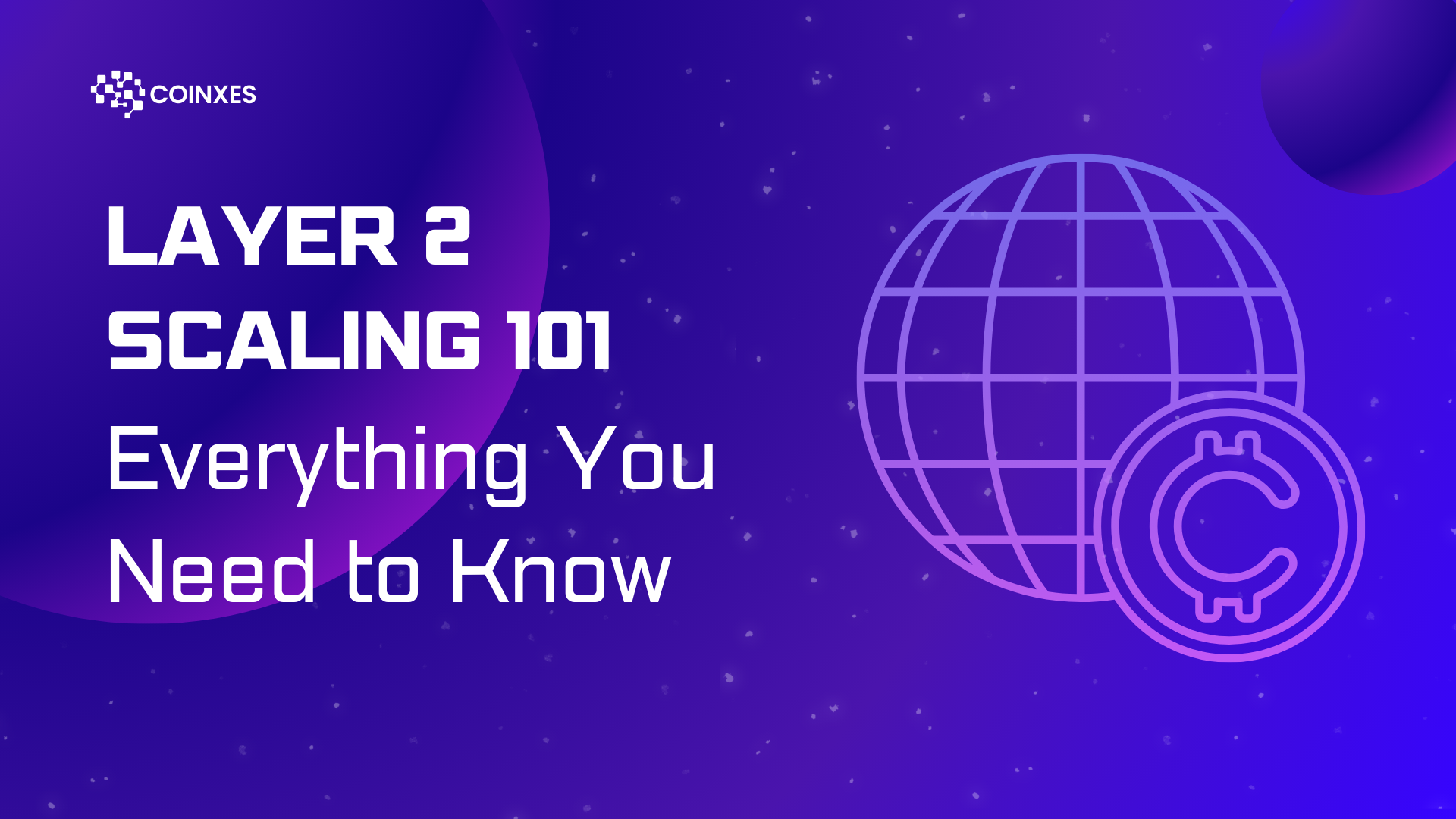- Dec 27, 2024
- 115
- 0

Trading Insights: A Strategy That Delivered a 220× Crypto Win
A tiny bankroll, a giant return
A crypto trader has become the latest legend of “small stack, big brains.” According to Cointelegraph’s breakdown, the wallet ran a high-frequency, delta-neutral market-making bot on the decentralized perpetuals exchange Hyperliquidand, over roughly two weeks, parlayed a $6,800 working balance into $1.5 million in realized profit. The reported edge? Harvesting maker fee rebates at massive scale while keeping market exposure extremely tight.
Cointelegraph’s analysis pegs the strategy’s highlights as follows: cumulative trading volume above $20.6 billion, roughly $1.4 billion turned over in the key two-week stretch, maximum drawdown of ~6.48%, and net delta kept under $100,000 throughout—far closer to quant discipline than casino-style punts.
What the trader actually did
The playbook, as described, doesn’t rely on predicting price. Instead, it focuses on order-book microstructure—placing (and constantly refreshing) resting limit orders that earn a small rebate each time they’re hit. Cointelegraph says the maker rebate was around 0.0030% per fill. That sounds tiny—$0.03 per $1,000 traded—but it scales when your bot can cycle billions in notional volume while keeping risk tightly hedged.
A few design choices matter here:
Stay Connected:
Twitter http://x.com/Coinxes_io
Telegram http://t.me/coinxes_io
Exchanger https://coinxes.io/





